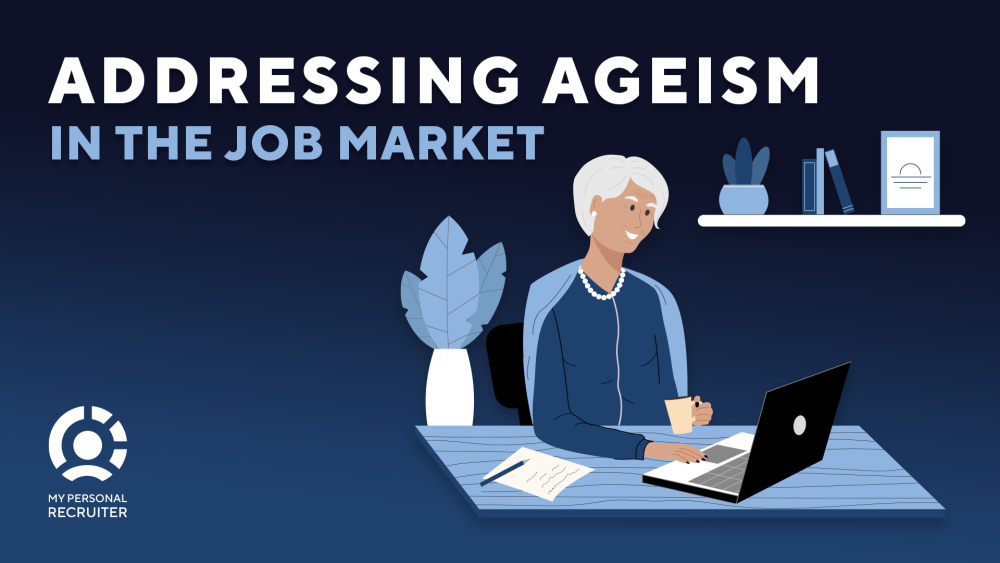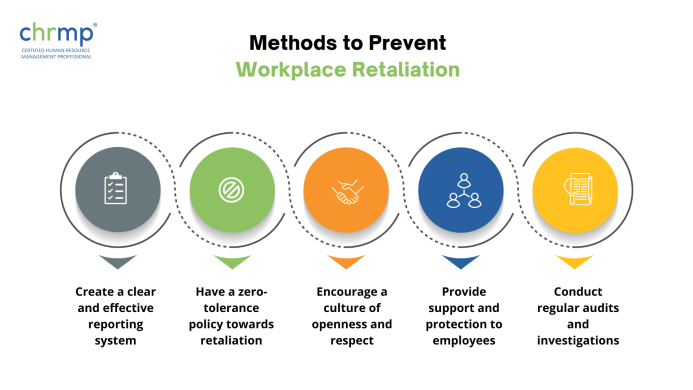
Addressing Ageism in Recruitment: Building a Fairer, Smarter Workforce
In today’s fast-paced world, businesses are constantly seeking the best talent to stay competitive. However, a silent bias often creeps into the hiring process, preventing companies from accessing a vast pool of skilled individuals: ageism.
Ageism in recruitment isn’t just about discriminating against older workers; it can also affect younger candidates. It’s a prejudice that bases someone’s potential on their birth year rather than their actual abilities, experience, or potential. This article will explore what ageism is, why it’s a problem, and most importantly, practical steps businesses can take to build a truly age-inclusive hiring process.
What Exactly Is Ageism in Recruitment?
At its simplest, ageism is discrimination or prejudice against individuals or groups on the basis of their age. In recruitment, it means making hiring decisions based on assumptions or stereotypes about a candidate’s age, rather than their qualifications, skills, and fit for the role.
This can manifest in a few ways:
- Against Older Workers:
- Assuming they aren’t "tech-savvy" enough.
- Believing they are "overqualified" or too expensive.
- Worrying they won’t adapt to new ways or company culture.
- Fearing they’ll retire soon, making them a "short-term investment."
- Against Younger Workers:
- Assuming they lack experience, even for entry-level roles.
- Believing they are "job-hoppers" or not serious about long-term commitment.
- Perceiving them as entitled or lacking a strong work ethic.
While ageism can affect anyone, the bias against older workers often has a more significant impact on career progression and employment opportunities, especially when highly experienced candidates are overlooked for roles they are perfectly capable of performing.
Why Addressing Ageism is Crucial for Your Business
Ignoring ageism isn’t just unfair; it’s bad for business. Here’s why embracing age diversity in your recruitment strategy is a smart move:
- Access to a Wider Talent Pool: By eliminating age bias, you instantly open your doors to more qualified candidates. This means more options to find the best person for the job, not just the best person of a certain age.
- Increased Innovation and Problem-Solving: Diverse teams, including those with a mix of ages, bring different perspectives, life experiences, and ways of thinking. This leads to more creative solutions and better decision-making.
- Enhanced Knowledge Transfer and Mentorship: Older, experienced employees can mentor younger ones, sharing valuable institutional knowledge and practical skills. In return, younger employees can introduce new technologies and fresh ideas, fostering a dynamic "reverse mentorship" environment.
- Improved Employee Retention: A company that values employees of all ages tends to have higher morale and loyalty. When people feel valued regardless of their age, they are more likely to stay.
- Better Understanding of Diverse Customers: Your customer base is likely multi-generational. Having an age-diverse workforce helps your company better understand and cater to the needs and preferences of a broader range of clients.
- Stronger Company Reputation: Companies known for fair and inclusive hiring practices attract top talent and build a positive brand image, which can be a significant competitive advantage.
- Legal Compliance: In many countries, age discrimination is illegal. Adhering to anti-discrimination laws protects your company from costly lawsuits and negative publicity.
Common Myths and Stereotypes Debunked
Many biases against age stem from outdated myths. Let’s bust a few:
- Myth: Older workers aren’t good with technology.
- Reality: Many older individuals are highly proficient with technology, having adapted to new tools throughout their careers. Digital literacy is a skill, not an age marker.
- Myth: Older workers are too expensive.
- Reality: While some experienced candidates may command higher salaries, their productivity, problem-solving abilities, and mentorship potential often deliver a higher return on investment. Plus, they may require less training.
- Myth: Younger workers are disloyal and will jump ship quickly.
- Reality: While career paths may look different today, younger workers seek meaningful work and growth opportunities. Companies that provide these can build strong loyalty regardless of age.
- Myth: Older workers are stuck in their ways and resistant to change.
- Reality: Adaptability is a personal trait, not an age-specific one. Many experienced professionals are highly adaptable, having navigated multiple industry shifts over their careers.
- Myth: Younger workers lack experience and can’t lead.
- Reality: Experience comes in many forms, and many younger professionals bring fresh perspectives, strong digital skills, and innovative leadership qualities developed through diverse experiences.
Practical Steps to Address Ageism in Your Recruitment Process
It’s time to move from understanding the problem to implementing solutions. Here’s how your business can actively combat ageism and build an inclusive hiring strategy:
1. Review and Revamp Job Descriptions
Your job descriptions are the first impression candidates have. Ensure they don’t inadvertently exclude qualified individuals.
- Focus on Skills and Responsibilities, Not Years of Experience: Instead of "5-7 years of experience required," try "Proven ability to manage complex projects" or "Demonstrated expertise in X software." This emphasizes what they can do, not how long they’ve done it.
- Use Inclusive Language: Avoid terms that might imply a preference for a certain age group (e.g., "digital native," "energetic and fresh," "young and dynamic team"). Instead, use words like "innovative," "collaborative," "adaptable," "experienced," or "eager to learn."
- Highlight Diversity and Inclusion: Explicitly state your company’s commitment to diversity, equity, and inclusion, mentioning age as one aspect.
- Remove Unnecessary Requirements: Does the role truly need a specific degree, or is relevant experience just as valuable? Challenge assumptions about qualifications.
2. Rethink Your Sourcing and Outreach Strategies
Where and how you advertise jobs can influence who applies.
- Widen Your Net: Don’t rely solely on platforms that might skew towards a younger demographic. Explore professional networks, industry associations, and community groups that attract a wider age range.
- Leverage Employee Referrals: Encourage current employees of all ages to refer candidates. This can naturally diversify your applicant pool.
- Consider "Returnship" Programs: These programs are specifically designed to help experienced professionals re-enter the workforce after a career break, often due to caregiving responsibilities.
3. Train Your Hiring Teams on Unconscious Bias
Everyone has biases, often without realizing it. Training is key to making them aware and helping them overcome these biases.
- Unconscious Bias Training: Educate hiring managers and recruiters about what unconscious bias is, how it manifests (including age bias), and its impact.
- Structured Interviewing: Implement standardized interview questions for all candidates. This ensures everyone is assessed on the same criteria, reducing the influence of personal biases.
- Diverse Interview Panels: Have a mix of people on your interview panel, including individuals from different age groups and backgrounds. This brings multiple perspectives to the evaluation process.
4. Focus on Skills-Based and Competency-Based Hiring
Shift the focus from a candidate’s resume timeline to their actual abilities and potential.
- Skills Assessments: Use practical tests or projects to evaluate specific skills needed for the job (e.g., coding challenges, presentation exercises, writing samples).
- Behavioral Interview Questions: Ask questions that reveal how candidates have handled past situations, demonstrating their problem-solving, teamwork, and adaptability skills (e.g., "Tell me about a time you had to learn a new technology quickly. How did you approach it?").
- Blind Resume Reviews: Consider removing identifying information (names, dates of birth, university graduation dates) from resumes during the initial screening phase. This helps evaluators focus purely on qualifications and experience.
5. Cultivate an Inclusive Company Culture
Recruitment is just the first step. The overall company culture must support age diversity.
- Lead by Example: Senior leadership should visibly champion age diversity and inclusion.
- Promote Intergenerational Collaboration: Create opportunities for employees of different ages to work together on projects, share ideas, and learn from each other.
- Offer Continuous Learning and Development: Ensure training opportunities, workshops, and career development paths are accessible and appealing to employees of all ages. This combats the myth that older workers aren’t interested in learning.
- Flexible Work Arrangements: Offer flexible hours, remote work options, or part-time roles that can appeal to a wider range of candidates, including those with caregiving responsibilities or who are transitioning towards retirement.
6. Leverage Technology Wisely (and Ethically)
AI and recruitment software can be powerful tools, but they can also perpetuate biases if not carefully managed.
- Audit AI Tools: If you use AI for resume screening or candidate matching, ensure it’s regularly audited for age bias. AI learns from historical data, which might contain existing biases.
- Use AI to Remove Bias: Some tools are designed to redact identifying information or flag biased language in job descriptions.
- Don’t Over-rely on Algorithms: Remember that technology is a tool; human judgment and ethical oversight are always necessary.
7. Measure and Monitor Your Progress
You can’t improve what you don’t measure.
- Track Demographics: Monitor the age diversity of your applicant pool, interviewees, and new hires.
- Analyze Retention Rates: See if retention differs across age groups.
- Conduct Exit Interviews: Understand why employees of different ages leave and use that feedback to improve your workplace.
- Employee Surveys: Gauge how employees of different ages feel about inclusion and opportunities within the company.
The Power of an Age-Diverse Workforce
By actively addressing ageism in recruitment, you’re not just doing the right thing ethically; you’re making a strategic business decision. A multi-generational workforce brings a powerful combination of experience, fresh perspectives, digital fluency, and a deep understanding of diverse markets.
Imagine a team where seasoned veterans share insights gained from years of navigating complex challenges, while newer entrants inject energy, challenge norms, and introduce cutting-edge digital approaches. This synergy leads to:
- Richer discussions and debates.
- More robust problem-solving.
- Greater resilience in the face of change.
- A more vibrant and supportive workplace culture.
Conclusion: Building a Future-Ready Workforce
Addressing ageism in recruitment isn’t a one-time fix; it’s an ongoing commitment to fostering an inclusive and equitable workplace. By consciously removing age bias from your hiring processes, you unlock a wealth of untapped talent, enhance your company’s innovation, strengthen its culture, and ultimately, build a more resilient and successful business for the future.
Start today by reviewing your job descriptions, training your teams, and committing to a culture where skill, potential, and contribution are valued above all else, regardless of a person’s age. The future of work is multi-generational, and the most successful companies will be those that embrace it fully.



Post Comment